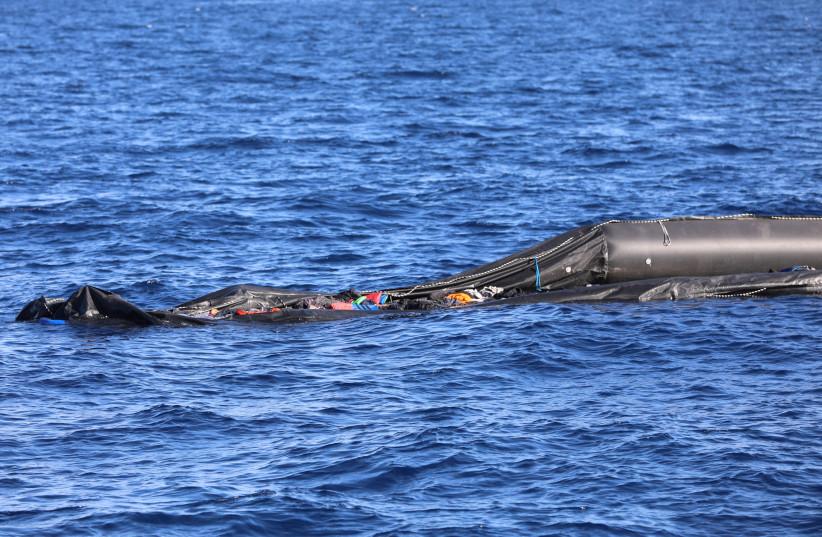Wildlife populations plunge 73pc since 1970: WWF
In biodiversity-rich regions the figure for animal population loss is as high as 95pc

New York: Wild populations of monitored animal species have plummeted over 70 per cent in the last half-century, according to the latest edition of a landmark assessment by the World Wide Fund (WWF) published on Thursday.
Featuring data from 35,000 populations of more than 5,000 species of mammals, birds, amphibians, reptiles and fish, the WWF Living Planet Index shows accelerating declines across the globe.
In biodiversity-rich regions such as Latin America and the Caribbean, the figure for animal population loss is as high as 95pc.
The report tracks trends in the abundance of a large number of species, not individual animal numbers.
It found that populations under review had fallen 73pc since 1970, mostly due to human pressures.
The index has become an international reference and arrives just ahead of the next UN summit on biodiversity, which will spotlight the issue when it opens in Colombia later this month.
“The picture we are painting is incredibly concerning,” said Kirsten Schuijt, Director General of WWF International, at a press briefing.
Tipping points
“This is not just about wildlife, it’s about the essential ecosystems that sustain human life,” said Daudi Sumba, chief conservation officer at WWF.
The report reiterates the need to simultaneously confront the “interconnected” crises of climate change and nature destruction and warned of major “tipping points” approaching certain ecosystems.
“The changes could be irreversible, with devastating consequences for humanity,” he said, using the example of deforestation in the Amazon, which could “shift this critical ecosystem from a carbon sink to a carbon source.”
“Habitat degradation and loss, driven primarily by our food system, is the most reported threat in each region, followed by overexploitation, invasive species and disease,” the report said.
Other threats include climate change, in particular in Latin America and the Caribbean, and pollution, notably in North America, Asia and the Pacific.















